Trekking is the most beautiful recreational activity one could ever pursue. After all who wouldn’t like to go on a quiet walk close to nature? Trekking is for everybody, families, nature enthusiasts, fitness freaks, triathletes as well as seasoned pros.
However, trekking is definitely not a walk in the park. Careful planning is necessary in order to carry out a successful trek. More meticulous your plan, more enjoyable the trek will prove to be. There is a lot of information to be collected, assessments to be made and decisions to be taken while planning a trek. Therefore, you should start at least a week before your planned date. Here is a simple guide that will help you in planning each aspect of your trek.
Destination
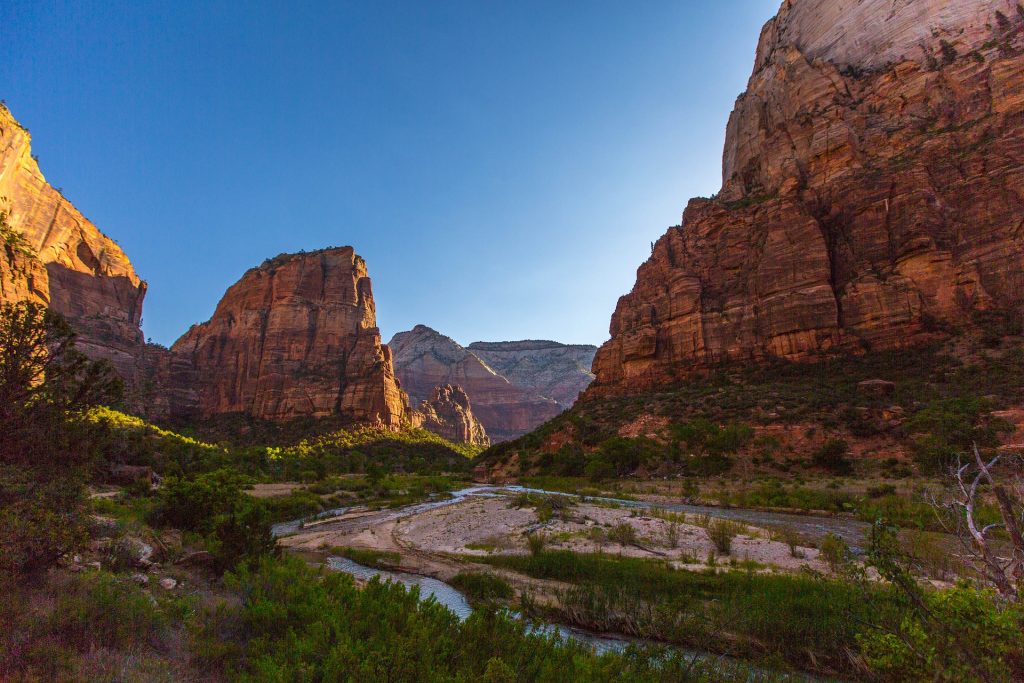
This is perhaps the most underrated factor in planning a trek. The trekking destination is of vital importance. It decides the overall tone of your trek. The difficulty level of the trek depends on your destination. You must also account for the weather conditions of the place you are going to. This affects other factors such as the required equipment and training to be undertaken. Another factor that must affect destination selection is the avail Therefore, a lot of time should be dedicated to choosing the appropriate trekking spot.
Duration
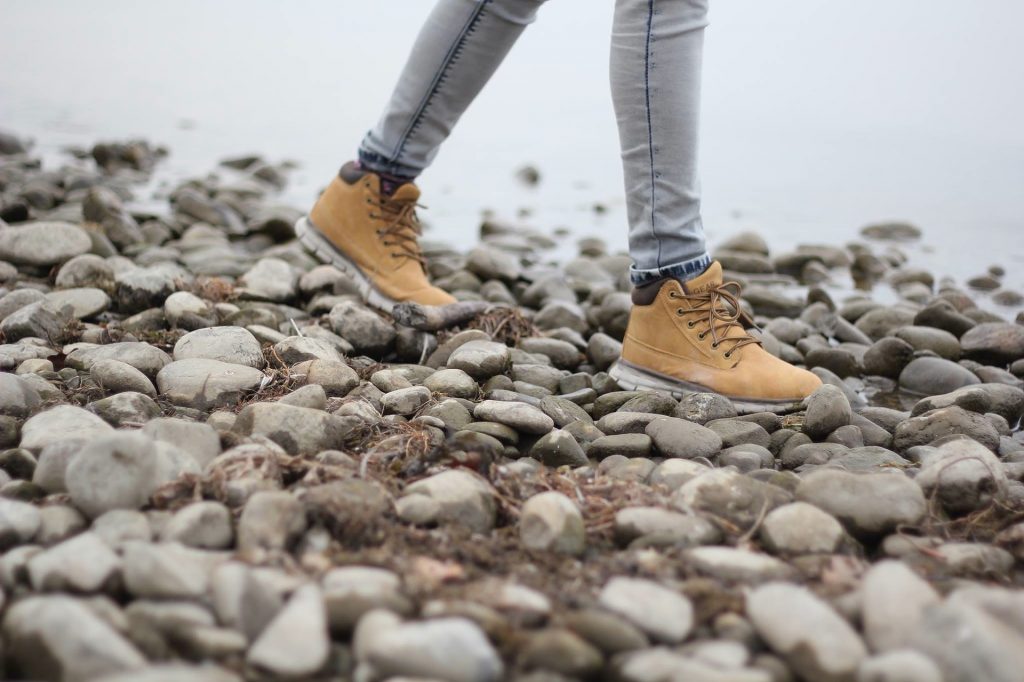
You must decide on the amount of time you want to spend away from civilization. You should take into consideration the required supplies as well as your fitness levels when deciding upon the duration of any trek.
Difficulty
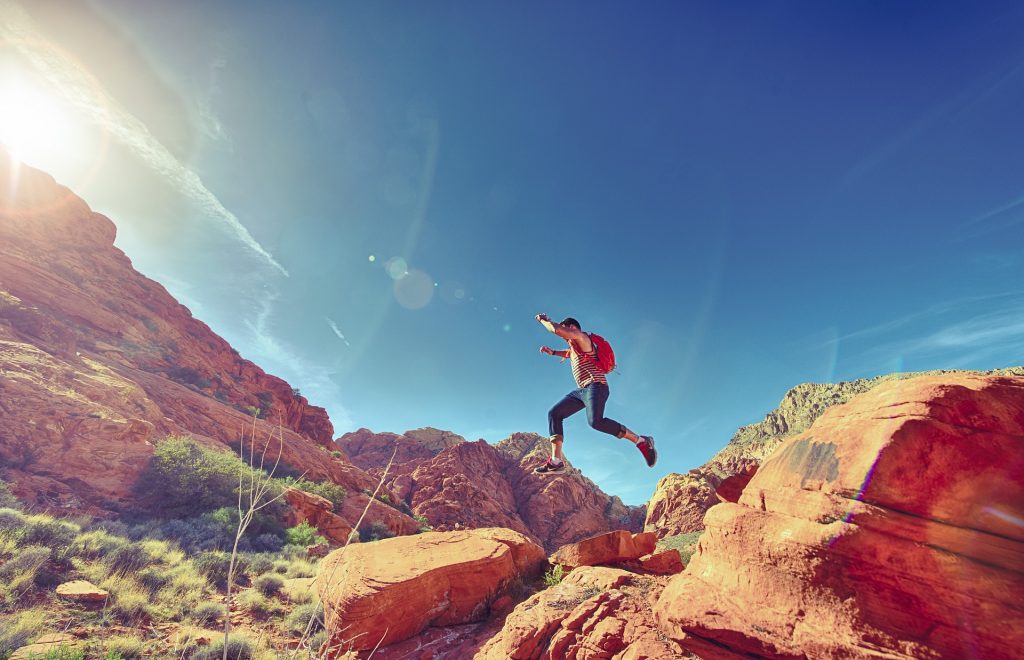
It is one of the most important factors to consider before going on a trek. For the purpose of convenience, we may split treks into three difficulty levels: easy, intermediate and demanding. Easy treks follow beaten paths and are close from civilization. Supplies can be easily restocked from settlements. Moderate treks take you further from civilization. They follow narrow and tough paths and are much more physically challenging. Demanding treks are for seasoned professionals. They are difficult, physically demanding and require extensive prior training. It is important that you judge your capabilities wisely as some treks may prove to be dangerous to the untrained.
Training
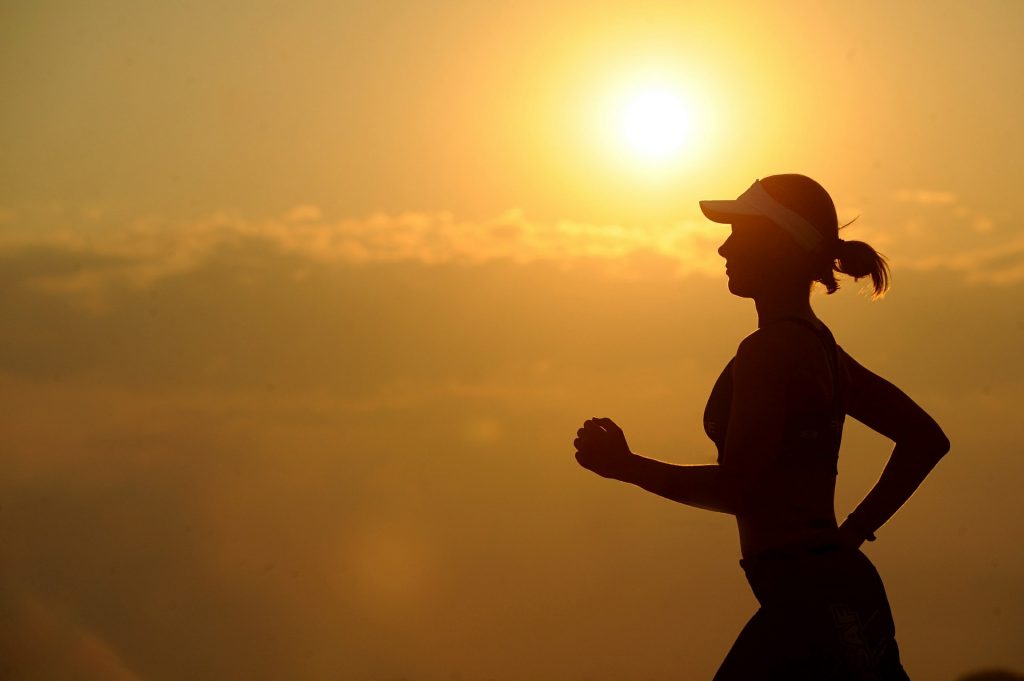
Training is highly recommended when embarking upon intermediate or demanding treks. It is relatively easy to train for a trek. One must perform cardio exercises regularly in order to increase stamina. Walking or running uphill with a backpack of 8-10 kgs is an excellent way to simulate most trekking conditions.
You can accustom yourself to cold weather by simulating it through air conditioning. One must also take care of health before important treks. Try not to smoke, consume alcohol or intoxicate yourself in any form before a trek, as the body takes time to recover these things.
Trekking Group
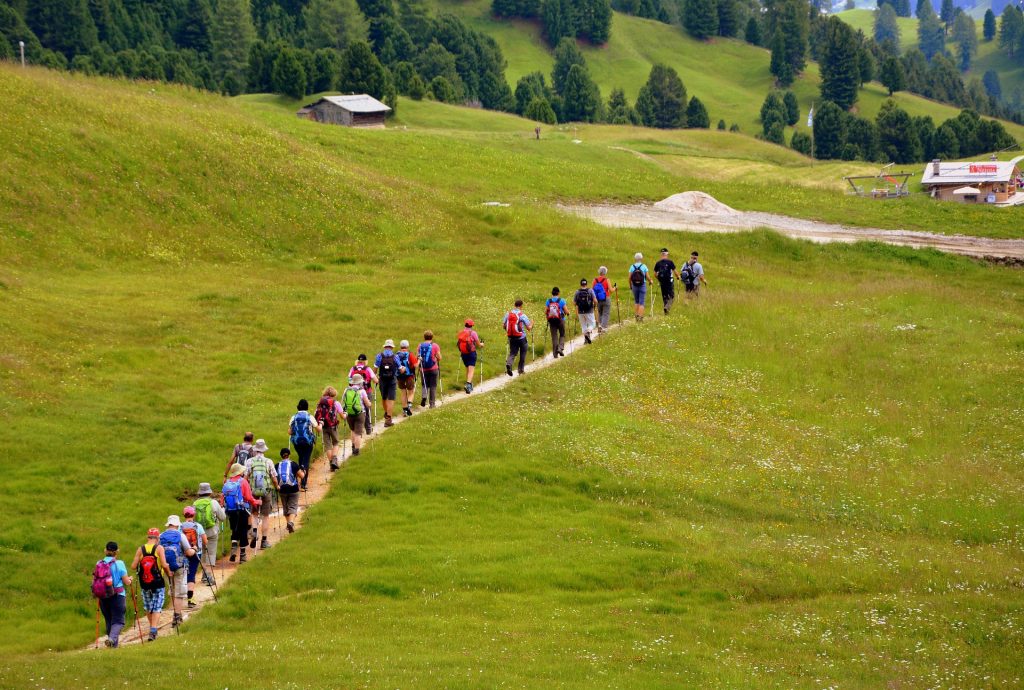
The people you trek with can add great value to your trekking experience. It is advisable to travel with people who have trekked in the area previously, or know the local conditions personally, especially if you are trekking in the area for the first time.
You can also choose a trekking agency, which takes care of most facilities required for a comfortable trekking experience. You should check out the medical experience and client reviews before choosing a trekking agency.
Equipment
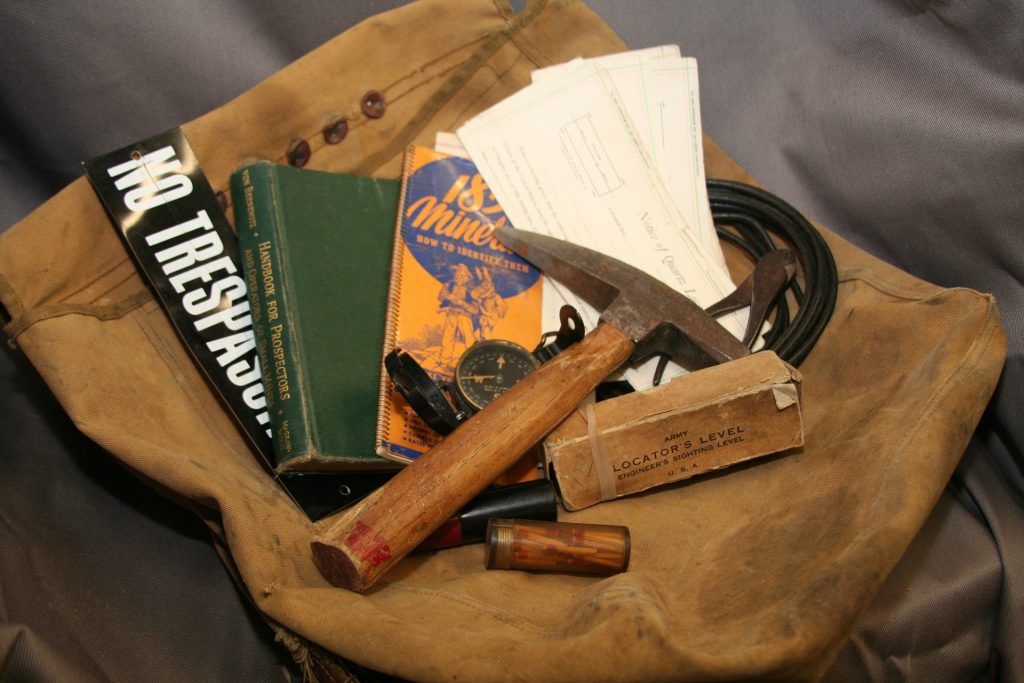
Another extremely important factor during the planning phase of any trek, the equipment you carry chiefly depends on the duration of the trek, the difficulty, weather, and other local conditions. We can divide all equipment into three main categories:
Gear
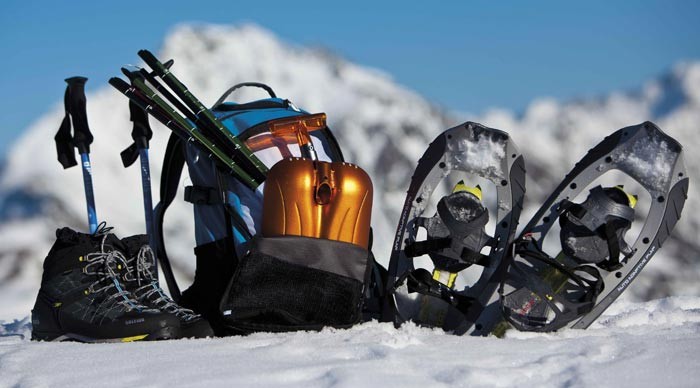
Your gear is chiefly responsible for a comfortable experience during your trek. You should carry waterproof jackets, ponchos or raincoats in case of wet weather. You should also carry waterproof pouches for your valuables. It is a great help if your backpacks are waterproof as well. Carry a good, tear-proof, warm sleeping bag in case you plan a multi-day trek. It is an added bonus if it is waterproof.
Strong water bottles are essential for any trekking expedition. Hydrating is extremely important on treks. You can get yourself a water bladder that has a pipe through which you can sip water without stopping each time.
Whistles, torches, knives, walking sticks, and other gear should also be considered, depending on the trek. You can also keep toiletries with you, but try to keep them at a minimum and as eco-friendly as possible.
Other gear such as caps, tents, sunglasses, and others should also be considered on the basis of personal preferences, weather conditions and the duration of the trek.
Clothing
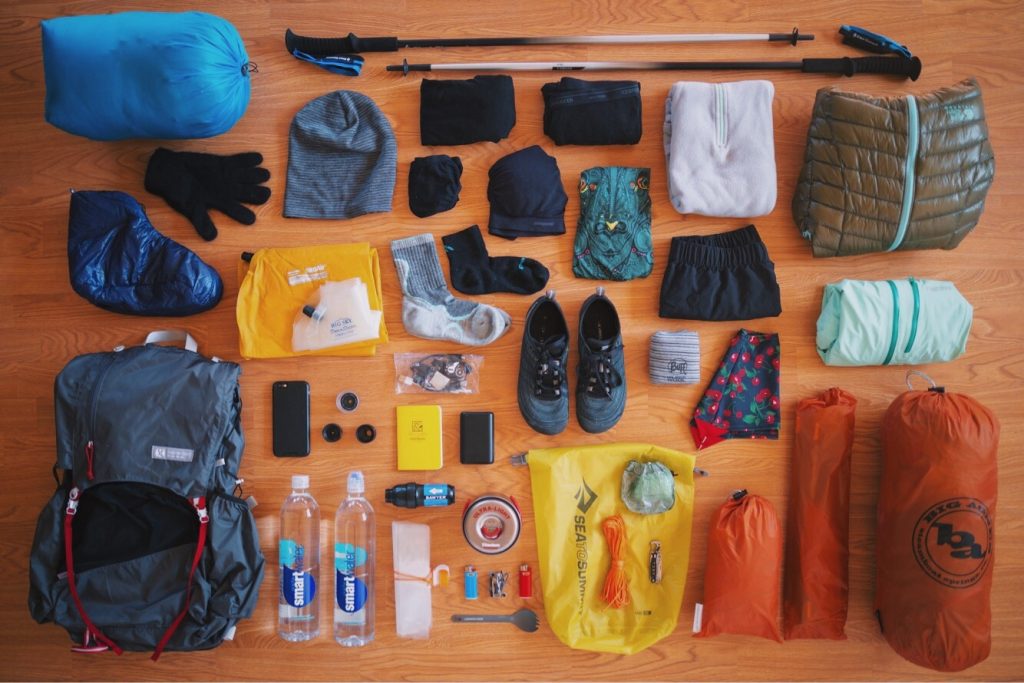
Your clothing must suit the trek you are going for. It is advisable to keep 2 sets of clothes for a week-long trek and 4 sets for anything longer. Your clothes should be water-resistant and must dry easily. You should carry an appropriate number of warm clothes depending on the weather of the trekking spot. It is better to have a spare set. This also includes several pairs of socks.
Pay great attention to your trekking shoes. They must be waterproof and sturdy, but also lightweight. You should train for the trek in the same shoes that you will be wearing on the big day. This ensures that the shoes do not pinch your feet and fit perfectly.
Emergency supplies
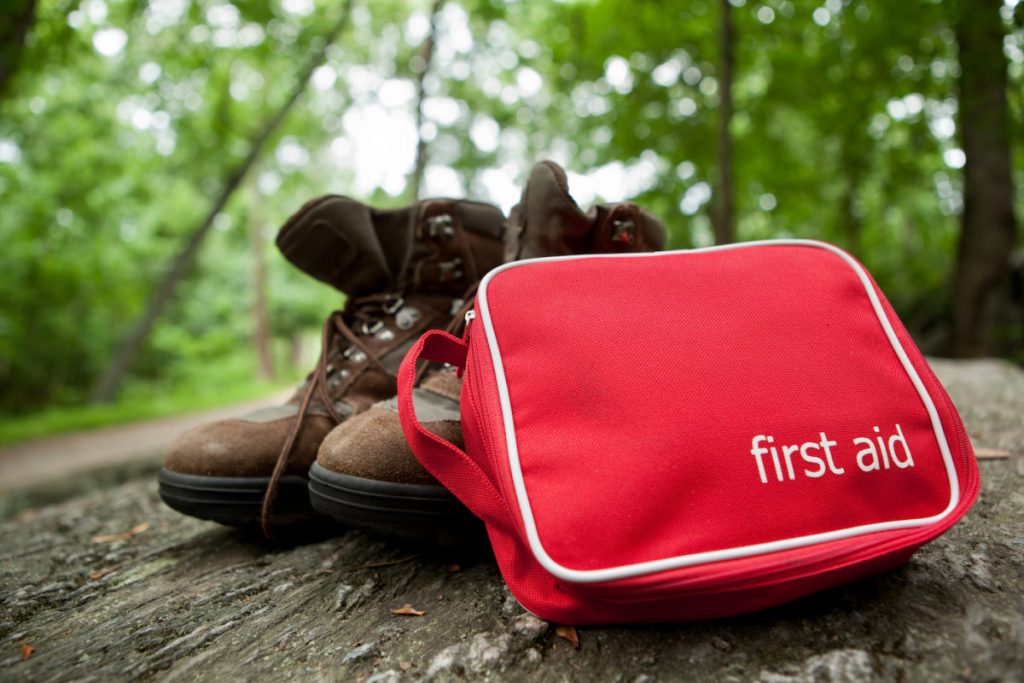
It is better to be safe than sorry. Therefore, you should dedicate a separate container for your emergency supplies. These normally include a rudimentary medical kit along with energy bars on your person and a much more comprehensive first aid kit in your backpack.
It is a great idea to make a checklist for all your equipment as it will ensure that you do not forget anything.
Planning a trek can be hectic, and require a lot of meticulous planning, with last-minute improvisations. However, if you follow the instructions and follow this guide, planning for a trek should not prove to be too much of a trouble.